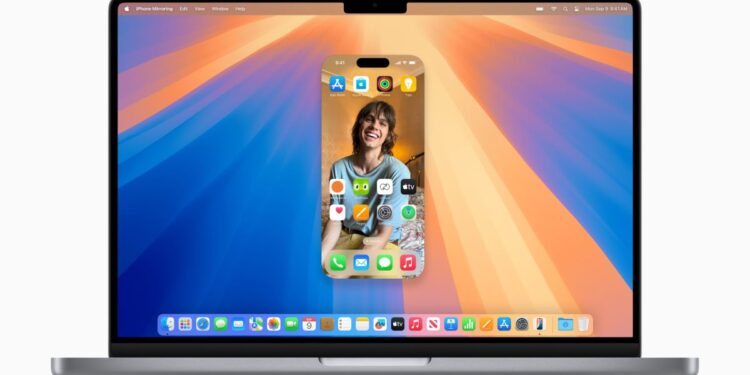Apple’s macOS 15, dubbed ‘Sequoia’, was introduced with fanfare on September 16th as “the latest version of the world’s most advanced desktop operating system.” However, the upgrade has not been smooth for all users. Reports have surfaced of significant network connection issues when utilizing certain endpoint detection and response (EDR) systems or virtual private network (VPN) solutions. The spotlight is also on various web browsers that have stumbled under the new system.
Affected users have identified specific disruptions with products like CrowdStrike Falcon and ESET Endpoint Security, alongside firewall operations that lead to packet corruption. This corruption causes SSL failures in browsers and disrupts common network commands such as ‘wget’ and ‘curl’. Interestingly, these problems seem to vanish when the said tools are deactivated, suggesting clear compatibility issues with macOS Sequoia’s network stack.
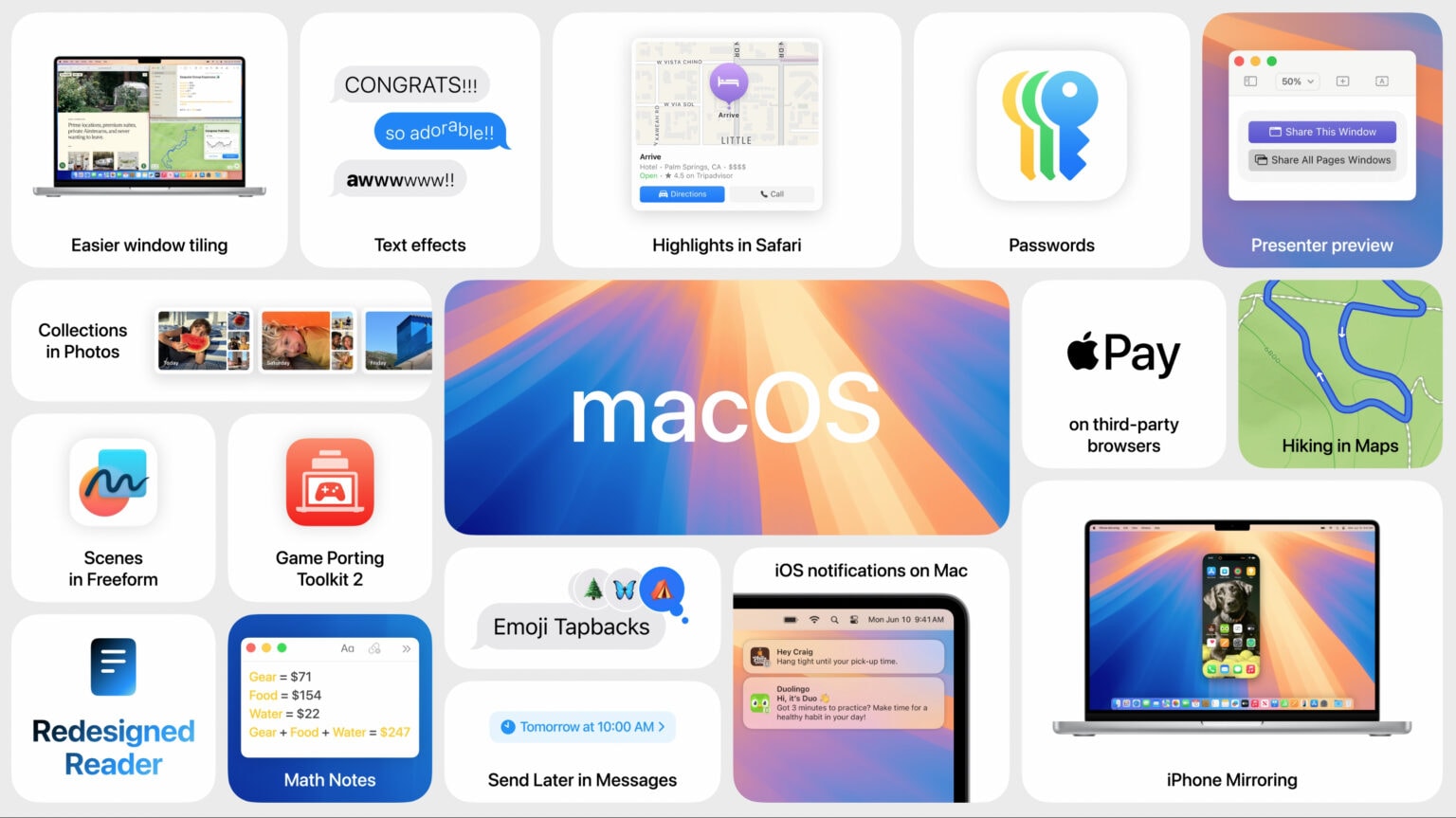
Industry Responses to the Compatibility Crisis
In response to these emerging complications, CrowdStrike issued a non-public bulletin advising clients against upgrading to Sequoia until a compatible Mac sensor is developed. This document highlighted the changes to internal networking structures as the root cause of the disruptions. SentinelOne Support echoed this caution with its warning, citing usability issues identified post-launch. The discovery of deprecated features in the macOS firewall, which now requires different methods for setting adjustments, adds another layer of complexity. Google has also chimed in, citing changes necessary for Chrome to adapt to the new firewall detection methods using the ‘socketfilterfw’ command line tool.
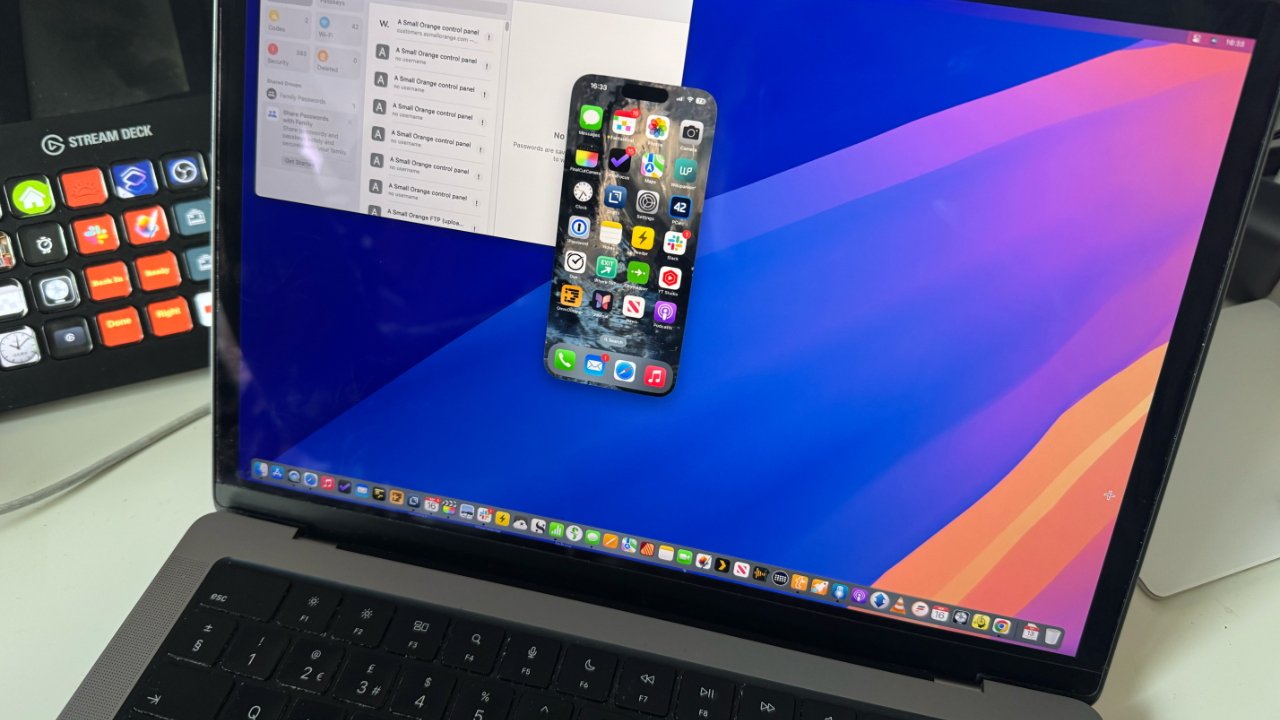
Short-term fixes and Official Recommendations
For users facing immediate issues, ESET has rolled out advice suggesting navigation through System Settings to modify network filters—specifically, removing the ESET Network. This action has reportedly restored functionality for several users, though it only applies to the most recent versions of ESET products.
Security experts have proposed various temporary fixes to alleviate some of the pain points. Wacław Jacek recommends specific adjustments per application to sidestep firewall-induced hiccups, whereas Will Dormann has shared insights into the mismanagement of UDP traffic by the built-in firewall, leading to DNS failures.
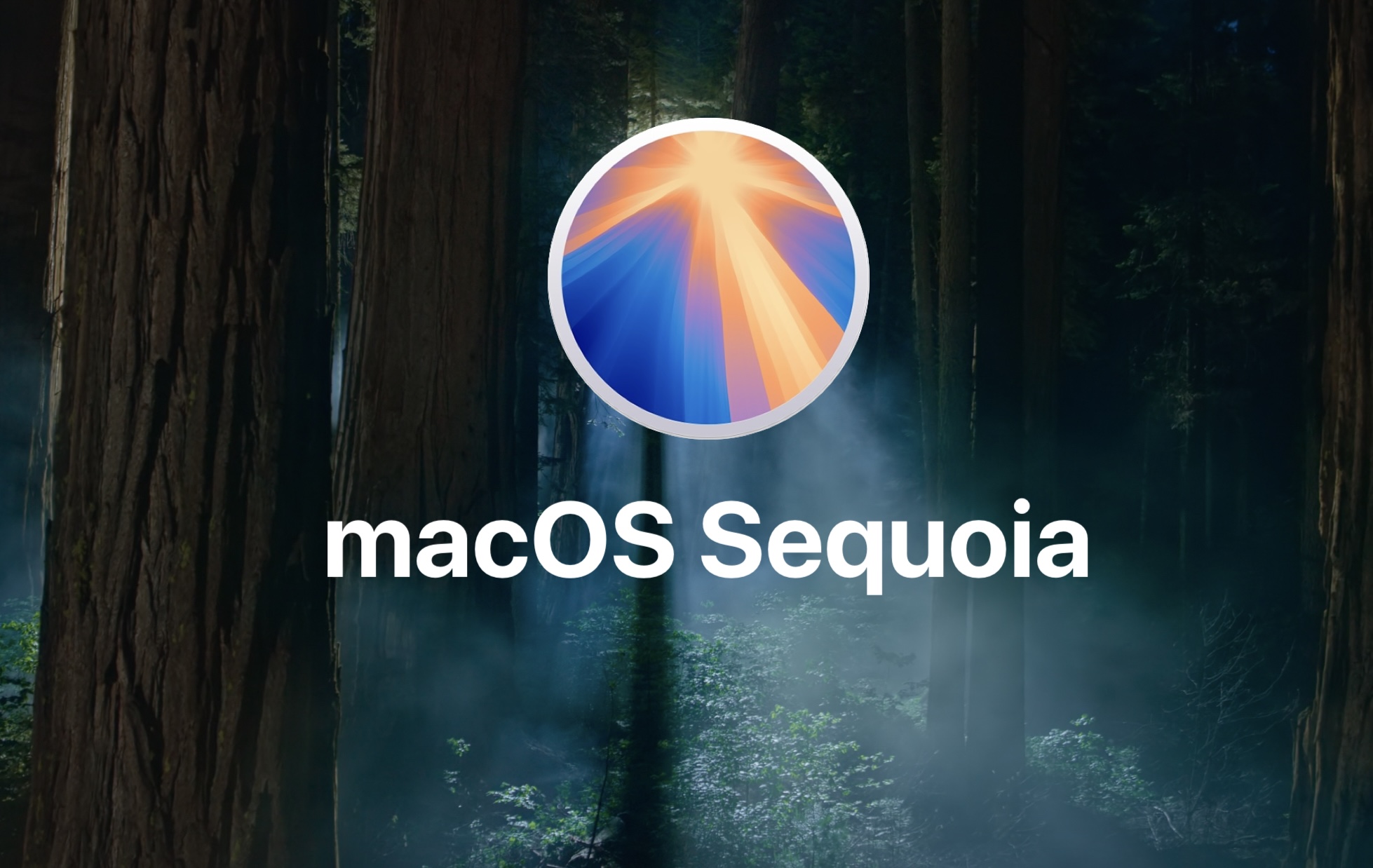
Ongoing Solutions and Future Outlook
As the community grapples with these setbacks, spokespeople from various affected companies have begun to outline their strategies. A representative from Mullvad VPN acknowledged the challenges posed by macOS Sequoia and confirmed that their team is actively seeking solutions to ensure compatibility and restore full functionality. For users dependent on robust EDR products, stringent VPNs, or precise firewall settings, the advice remains consistent: delaying the upgrade to macOS 15 might be prudent until these significant issues are conclusively addressed and resolved. Apple has yet to respond to inquiries about these problems, leaving many to await an official fix or further guidance.
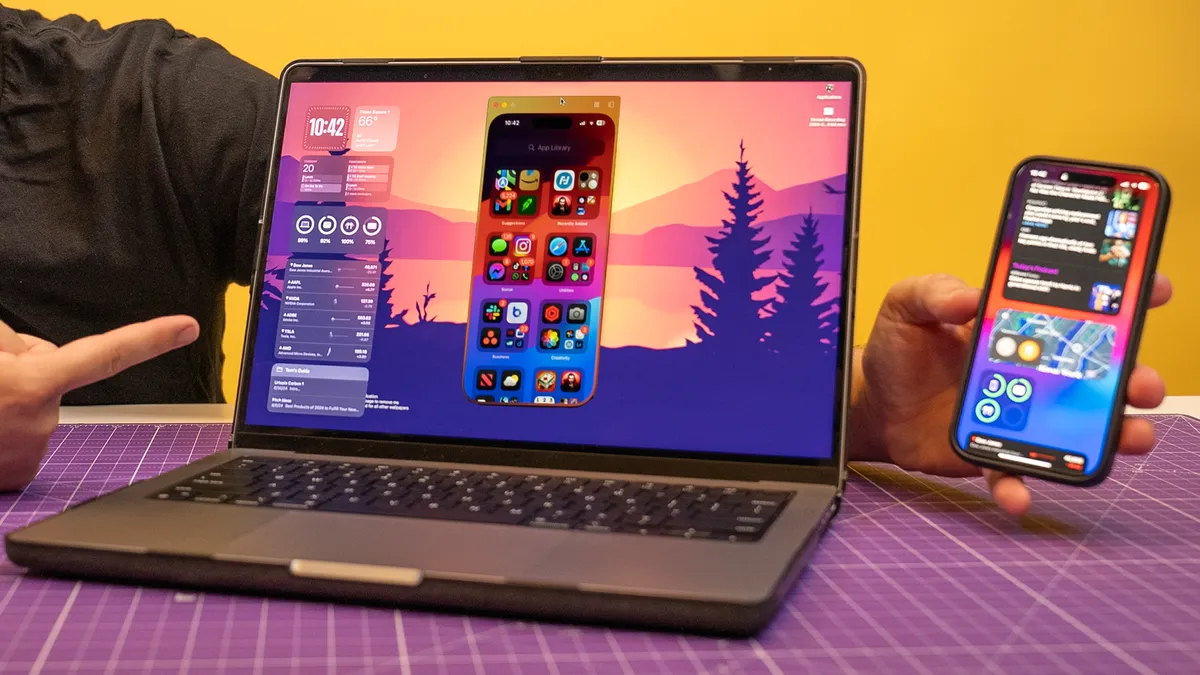
As the tech community and loyal macOS users look to Apple for resolution, the broader implications for software stability and user trust in system updates become starkly apparent. The unfolding situation serves as a critical reminder of the complex interplay between software upgrades and peripheral compatibility, underscoring the need for thorough testing and clear communication from tech giants.

